Search

Barley Variety Trial Results
In 2019, Barley trial was planted at one location in South Dakota.
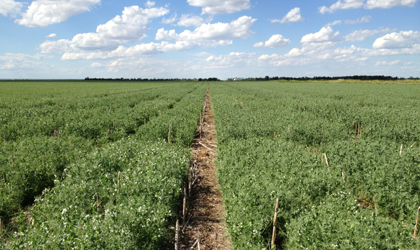
Field Pea Variety Trial Results
In 2024, field pea trials were planted at different locations in South Dakota.
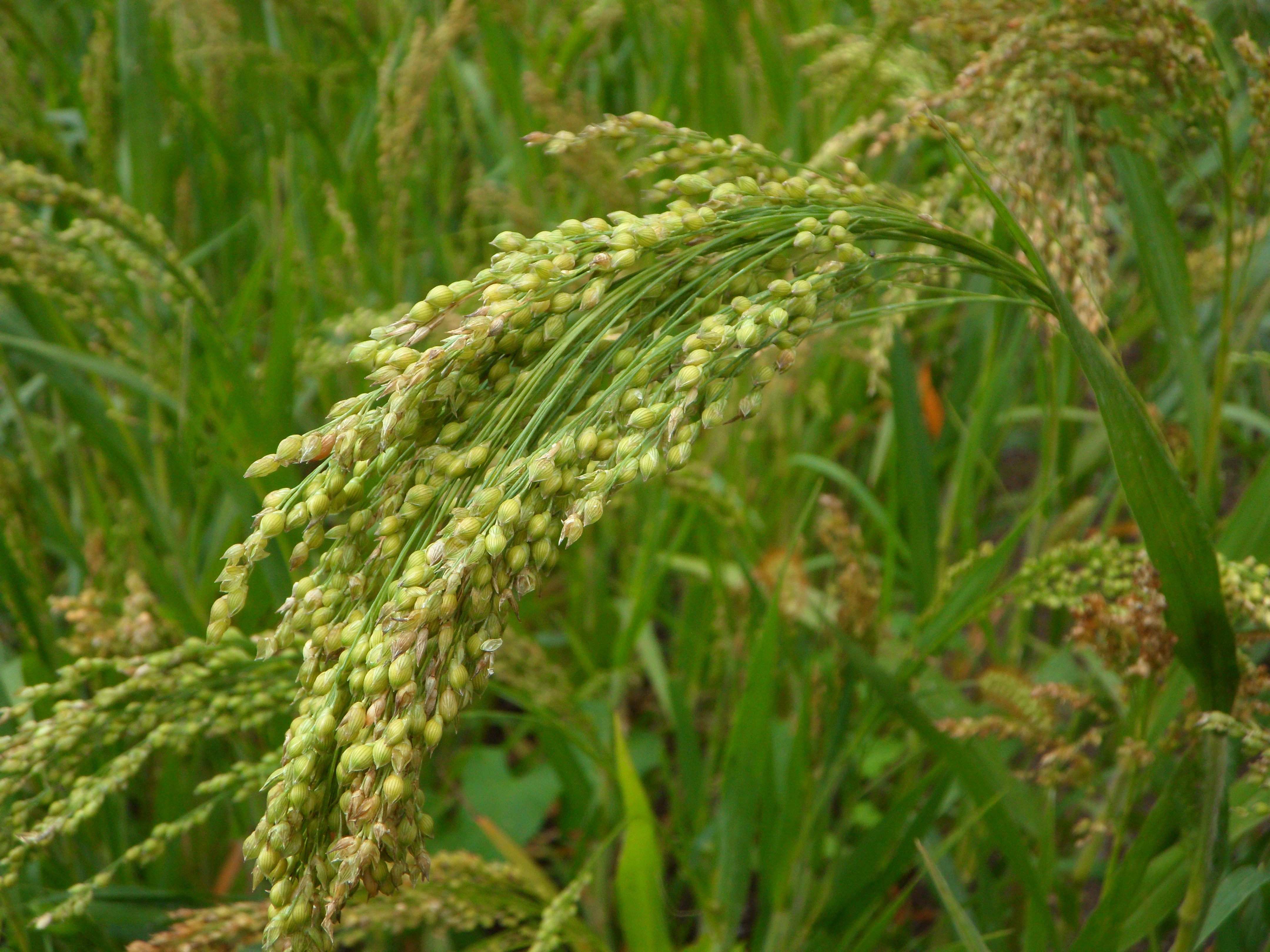
Proso Millet Trial Results
In 2020, proso millet trials were conducted in 1 location in South Dakota.

Sorghum Trial Results
In 2024, sorghum trials were conducted in 2 locations in South Dakota.

Oat Variety Trial Results
In 2025, oat variety trials were planted throughout various locations in South Dakota.
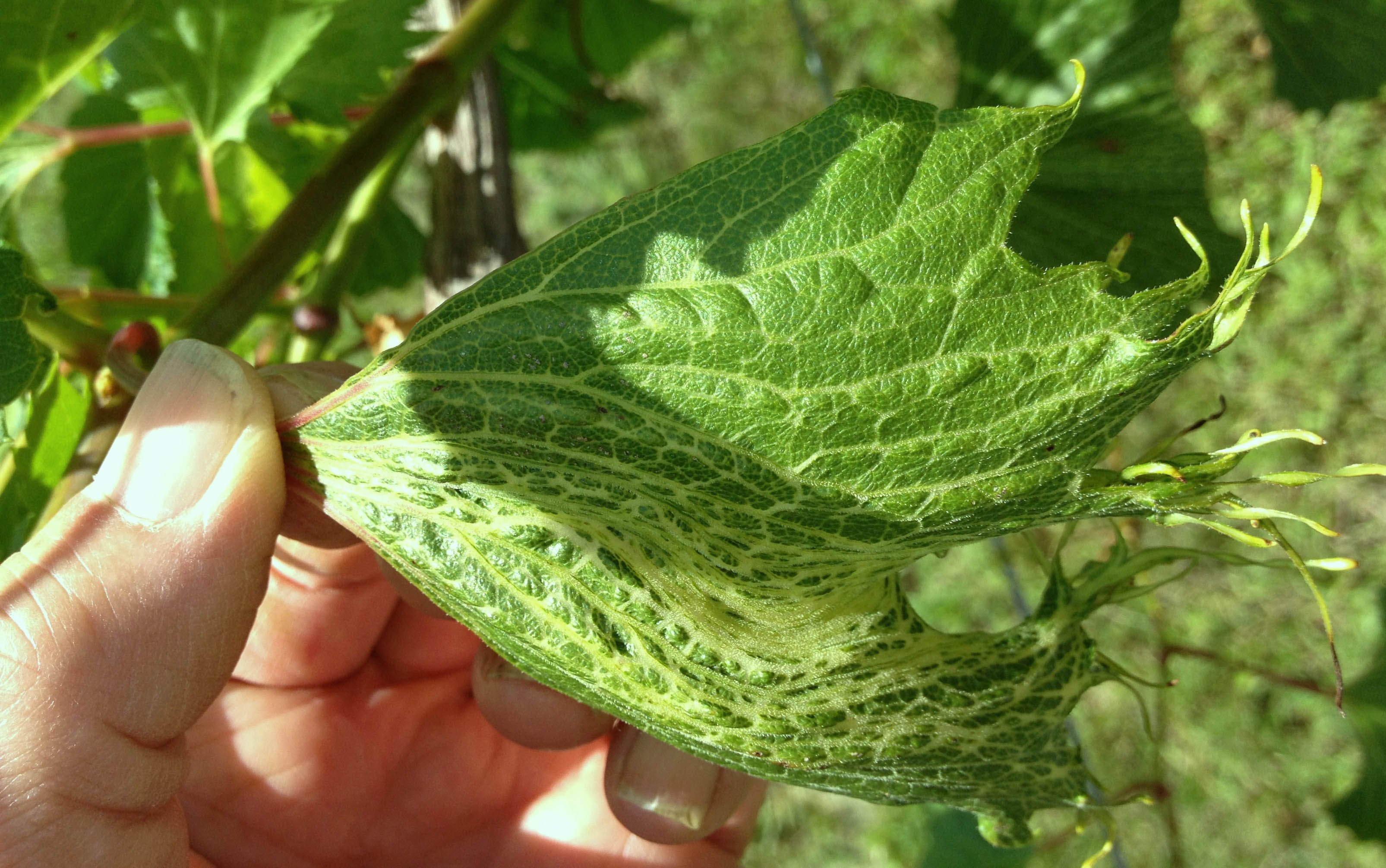
Herbicide Damage to Fruits and Vegetables
Each year in early summer, many growers begin to notice distorted leaves on their fruits, vegetables, and crops. Most commonly the cause is a herbicide application to a nearby field.
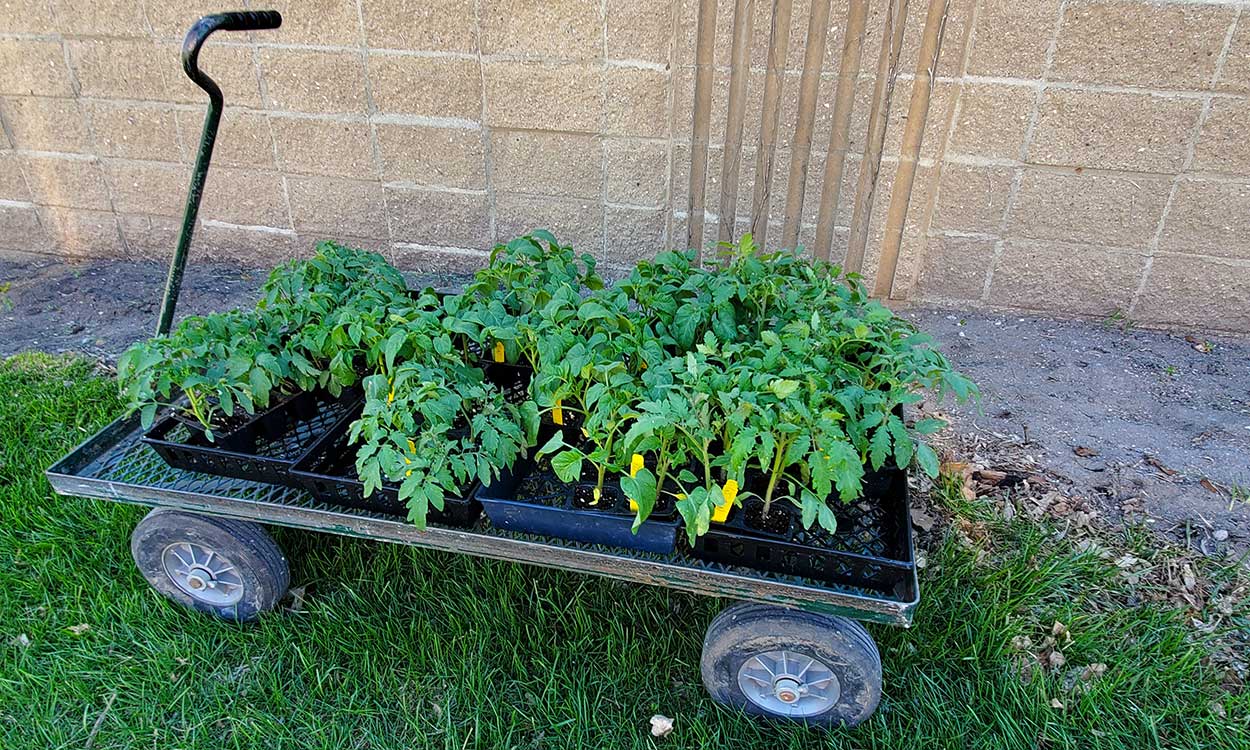
Harden Your Transplants Prior To Planting Your Garden
Hardening plants is an important step that gardeners should not skip. Take the time to harden your plants properly and reap the benefits of sturdy, well-established plants throughout the gardening season!
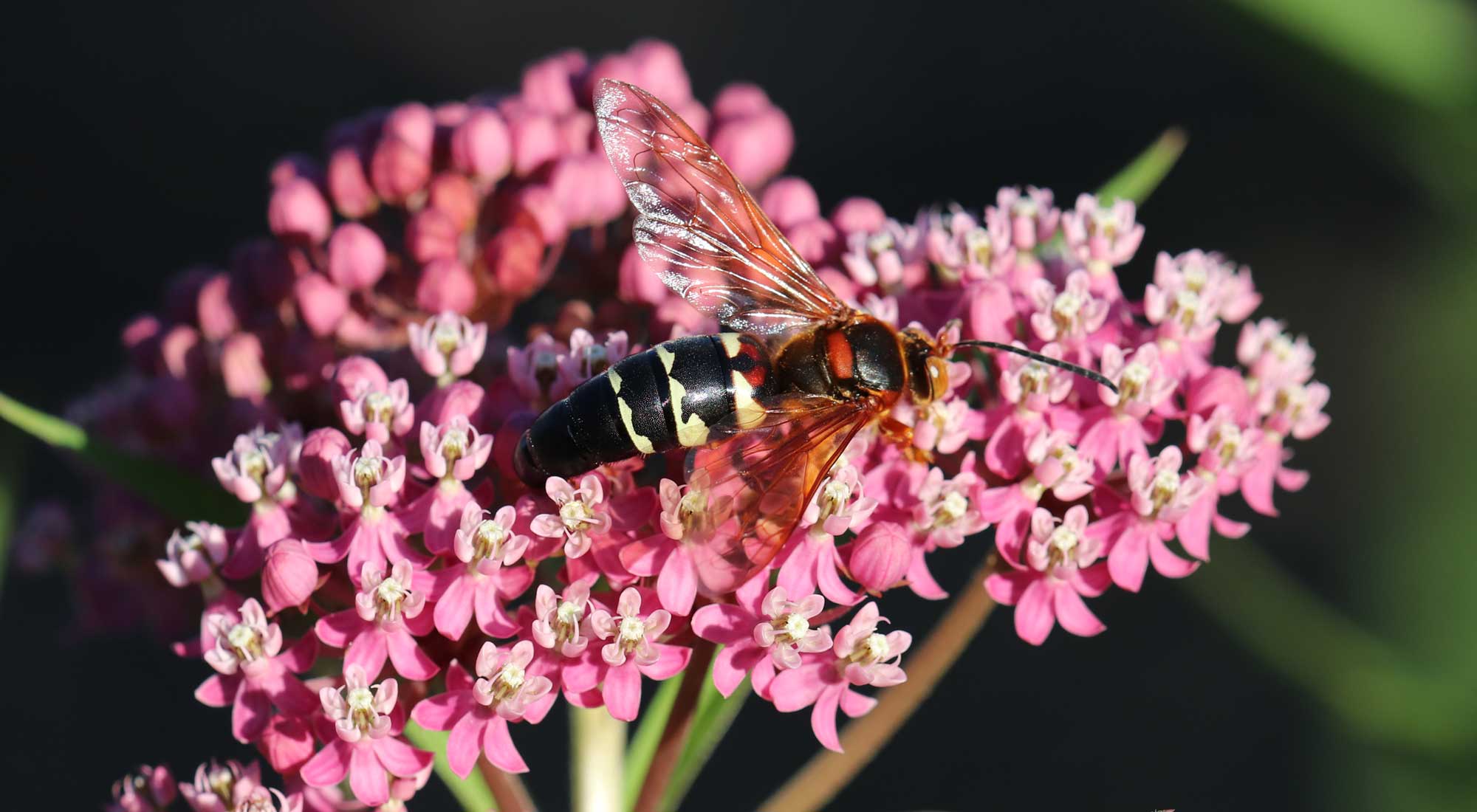
Giant Wasps Are Invading My Yard! No, They Still Aren’t Murder Hornets.
Every year we receive multiple reports of giant wasps that seem to invade yards and gardens. These wasps aren’t the same as the so-called "murder hornets," but are actually cicada killer wasps.
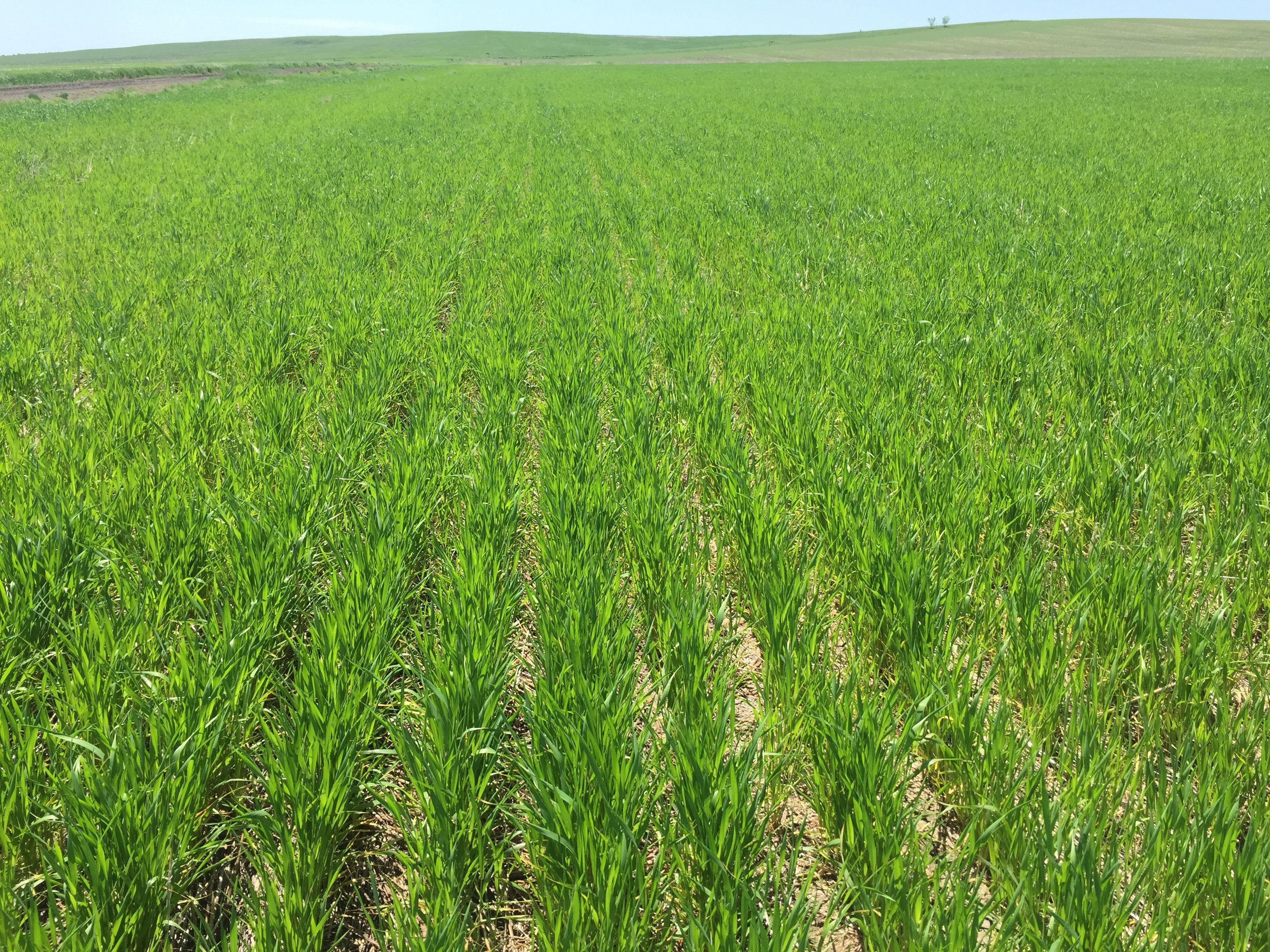
Winter Wheat Variety Trial Results
The Winter Wheat Variety Trial Results are crop performance testing data from various locations across South Dakota.
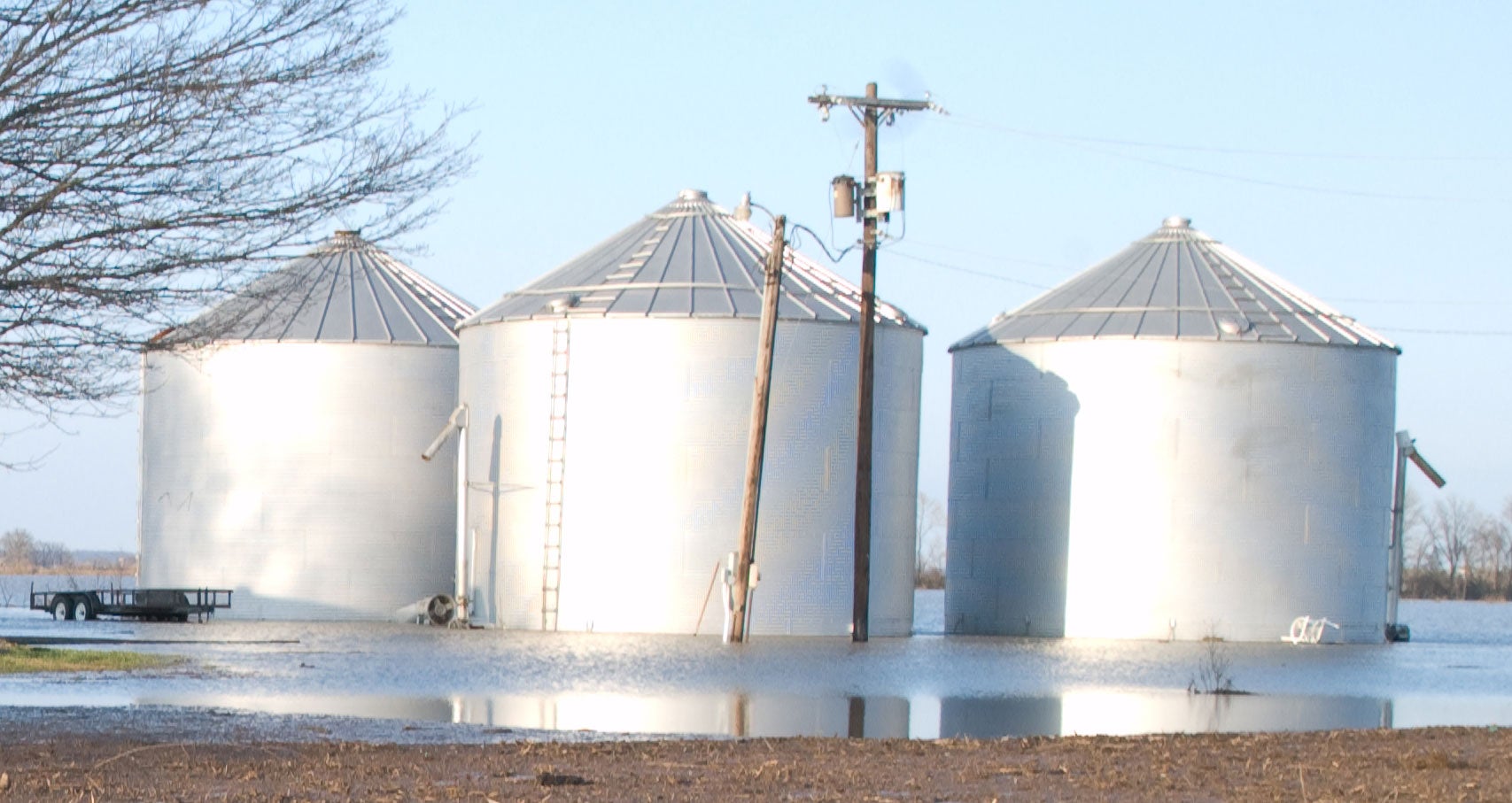
Stored Grains and Flooding
According to the Food and Drug Administration, grain inundated by watercourses is considered adulterated and must be destroyed. The portion of the grain that is not affected by the water can still be salvaged for its use.